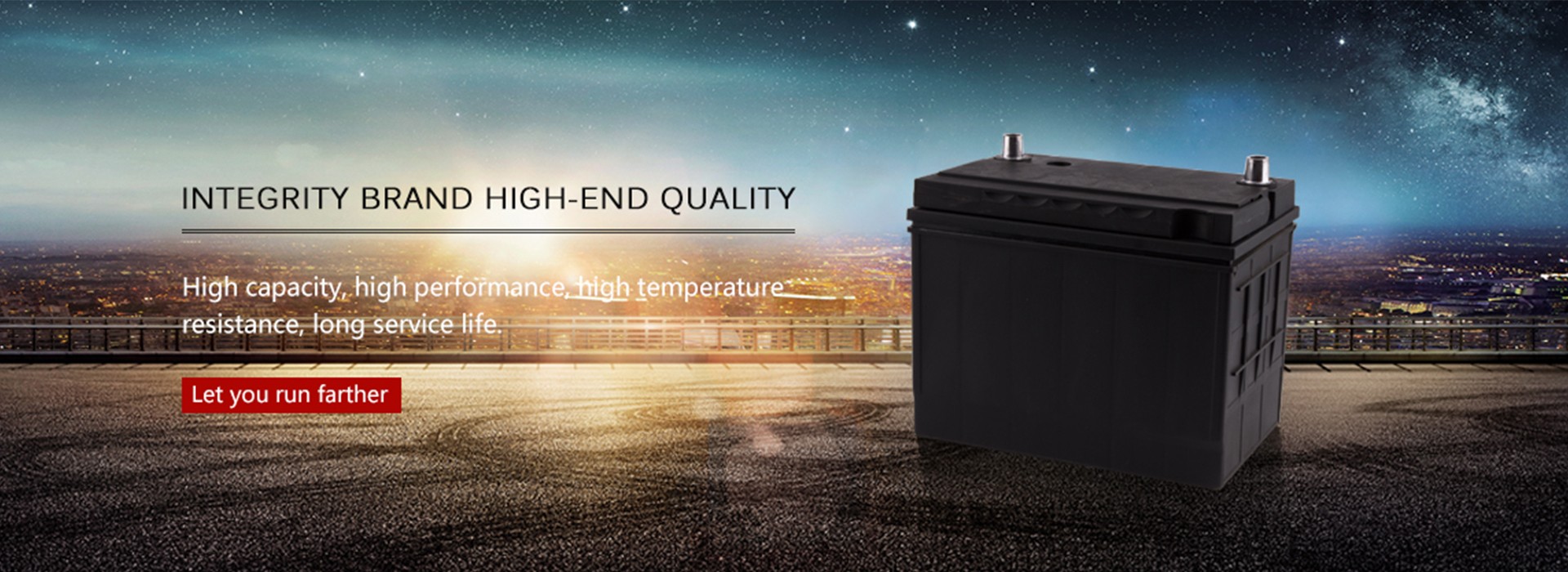About the memory effect of lead-acid batteries
The battery memory effect refers to the reversible failure of the battery, that is, the performance that can be restored after the battery fails. The battery automatically maintains this specific tendency after being subjected to a specific duty cycle for a long time. In layman's terms, the battery remembers the node of the last charge and discharge, resulting in the failure to break through this node in the future, resulting in a reduction in battery capacity.

Since the negative electrode in the traditional process is sintered and the cadmium grains are relatively coarse, if the nickel-cadmium batteries are recharged before they are fully discharged, the cadmium grains tend to agglomerate and form a secondary discharge platform when the battery is discharged. The battery stores this discharge plateau and uses it as an endpoint for discharge in the next cycle, although the capacity of the battery itself allows the battery to discharge to a lower plateau. The battery will only remember this low capacity during subsequent discharges. Also with every use, any incomplete discharge will deepen this effect, making the battery less capable.
The electrodes of lead-acid batteries are mainly made of lead and its oxides, and the electrolyte is a kind of storage battery of sulfuric acid solution. In the discharge state, the main component of the positive electrode is lead dioxide, and the main component of the negative electrode is lead; in the charged state, the main component of the positive and negative electrodes is lead sulfate. With the upgrading of battery manufacturing technology, lead-acid batteries have developed into lead-acid maintenance-free batteries and colloidal maintenance-free batteries. There is no need to add electrolyte or distilled water in the use of lead-acid batteries. It is mainly to use the positive electrode to generate oxygen, which can be absorbed at the negative electrode to achieve oxygen circulation, which can prevent the reduction of moisture. When the discharge is carried out, the concentration of the sulfuric acid solution will continue to decrease. When the density of the solution drops to 1.18g/ml, it should be stopped for charging. With the upgrading of battery manufacturing technology, lead-acid batteries have developed into lead-acid maintenance-free batteries and colloidal maintenance-free batteries. There is no need to add electrolyte or distilled water in the use of lead-acid batteries. It is mainly to use the positive electrode to generate oxygen, which can be absorbed at the negative electrode to achieve oxygen circulation, which can prevent the reduction of moisture.
If the battery is a nickel-cadmium battery, if it is not fully charged and discharged for a long time, it is easy to leave traces in the battery and reduce the battery capacity. The battery seems to memorize the user's daily charging and discharging range and mode, and it is difficult to change this mode over time, and it cannot be charged or discharged in a large amount.
The lead-acid battery has no memory effect. Although the lead-acid battery will have capacity attenuation when it is used improperly, it is vulcanization, not the memory effect. And the memory effect and vulcanization coping are not the same. The way to deal with the memory effect is to periodically deep discharge and empty the battery, and the way to deal with vulcanization is to try to fully charge it every time.
--End--
